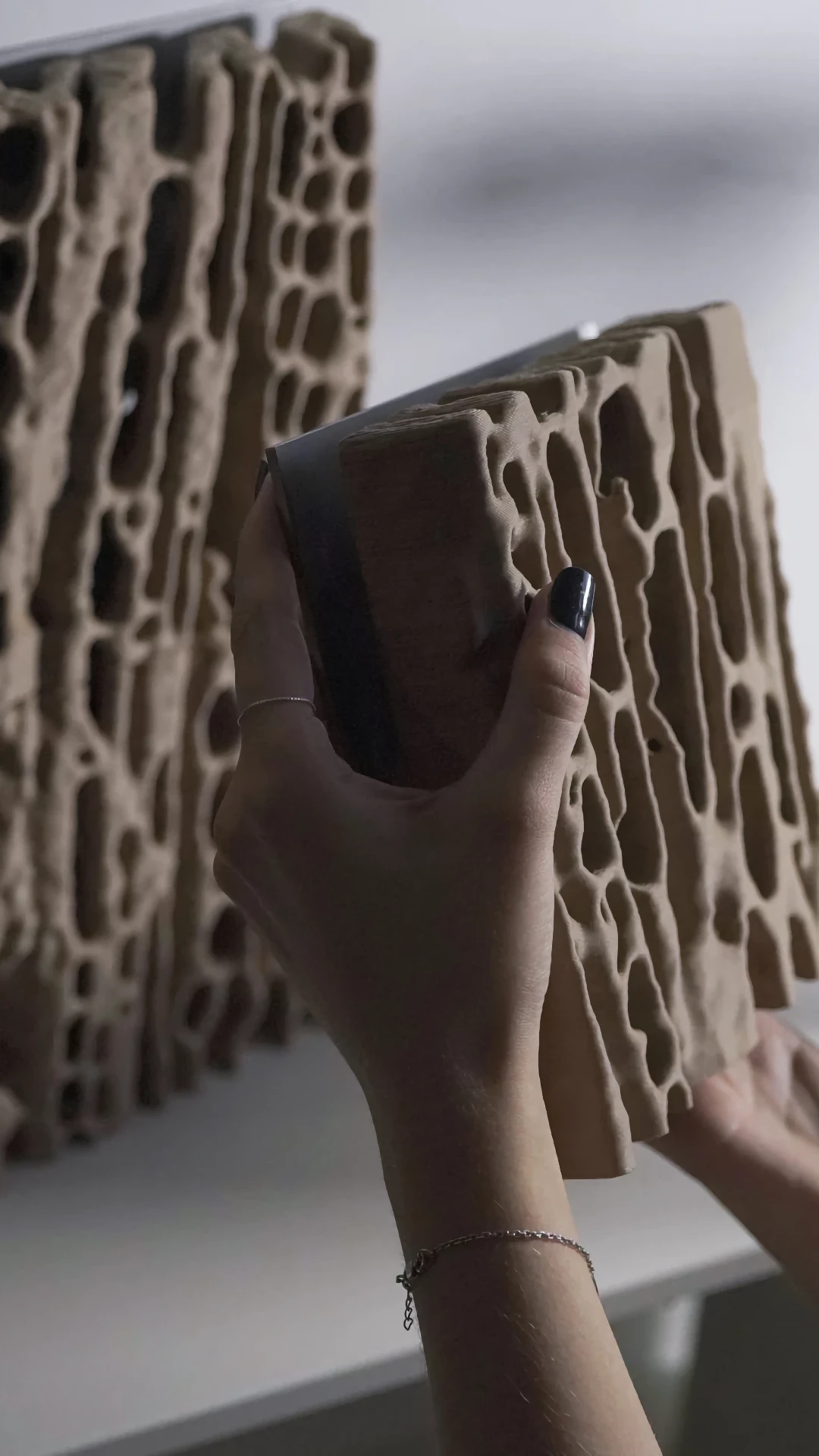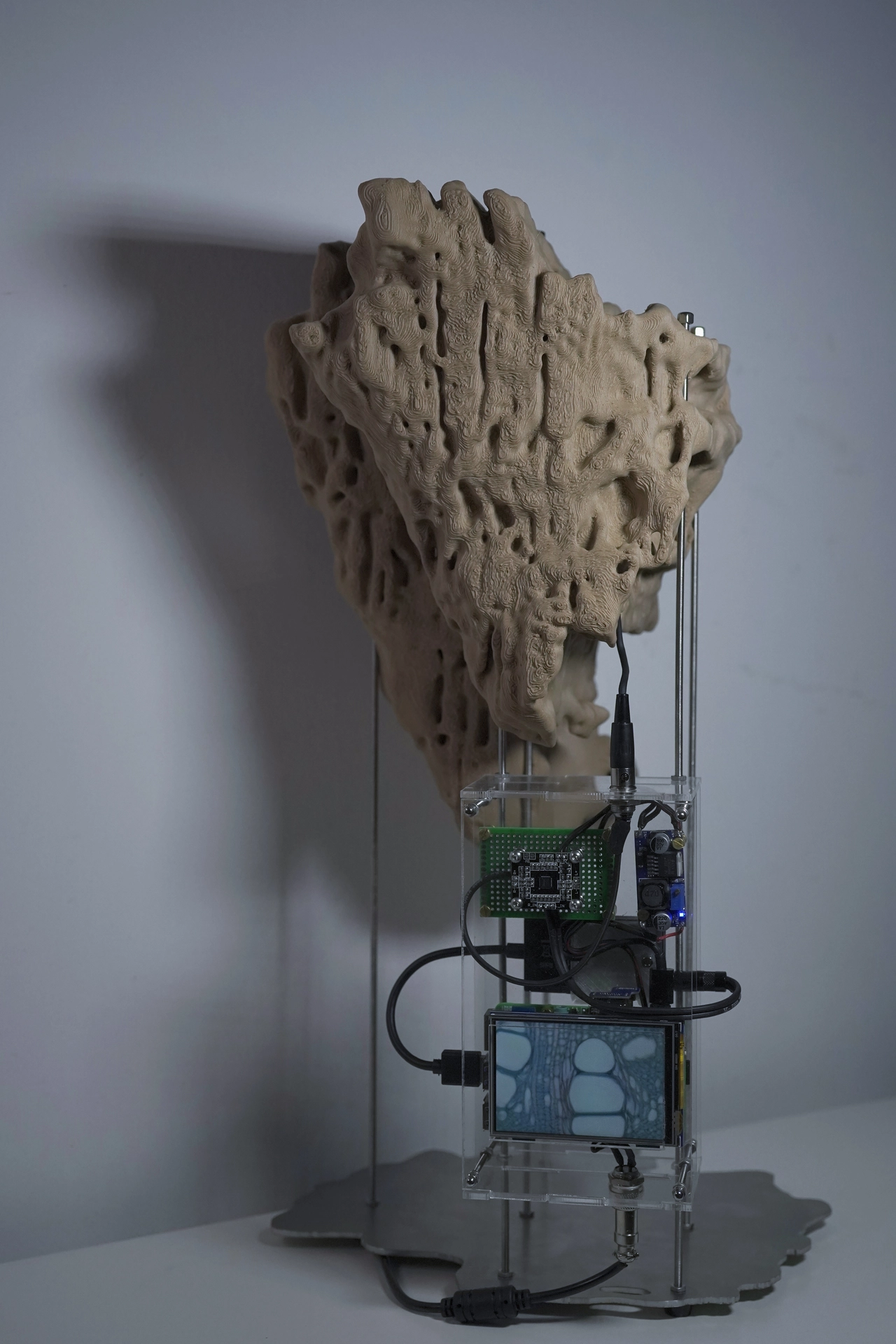Arbor
ARBOR is a synthetic timber architecture embedded with the intelligence of a living tree. It is a series of "cyborganic objects" (Kuptsova, 2021)—organo-mechanical beings that acquire organicity through intelligent technologies.
ARBOR proposes a method for reading the intelligence of organic timber material using machine learning algorithms and translating their complexity into a new form of material and formal articulation, establishing a regenerative lifecycle of wood—from its living state to a bio-artificially "grown" material system. It considers wood not only as a construction material but as an intelligent system that informs the tectonics of form and the distribution of material as a behavioral pattern within the design piece.
By studying the microscopic architecture of wood across nearly a thousand species, the project reveals the intelligence embedded in natural material. Project-specific machine learning algorithms and custom bio-computational design tools extract organisational principles from timber datasets and translate them into digital form. This process transforms organic data into inorganic computational systems while preserving the material's anisotropic properties. The resulting networks of curves and surfaces describe the distribution of material as behavioral patterns that mirror the complexity of ecological system.
Large-scale, high-resolution 3D printing, robotic manufacturing, carbon-conversion materials and custom biofabrication techniques transform ARBOR's structure into a carbon-storing system, using recycled wood from local industrial waste as a construction material. The sculptural elements are biodegradable, capable of storing and re-metabolising carbon within their form, and ultimately serve as nutrients for new living species through biodegradation.
An embedded bio-electric sensing system forms a living interface, allowing the pieces to function as synthetically living entities—shifting the focus from merely responsive or adaptive systems to bio-technological living ecosystems shaped by human, biological, and machinic intelligence.
ARBOR | Biocomputational workflow

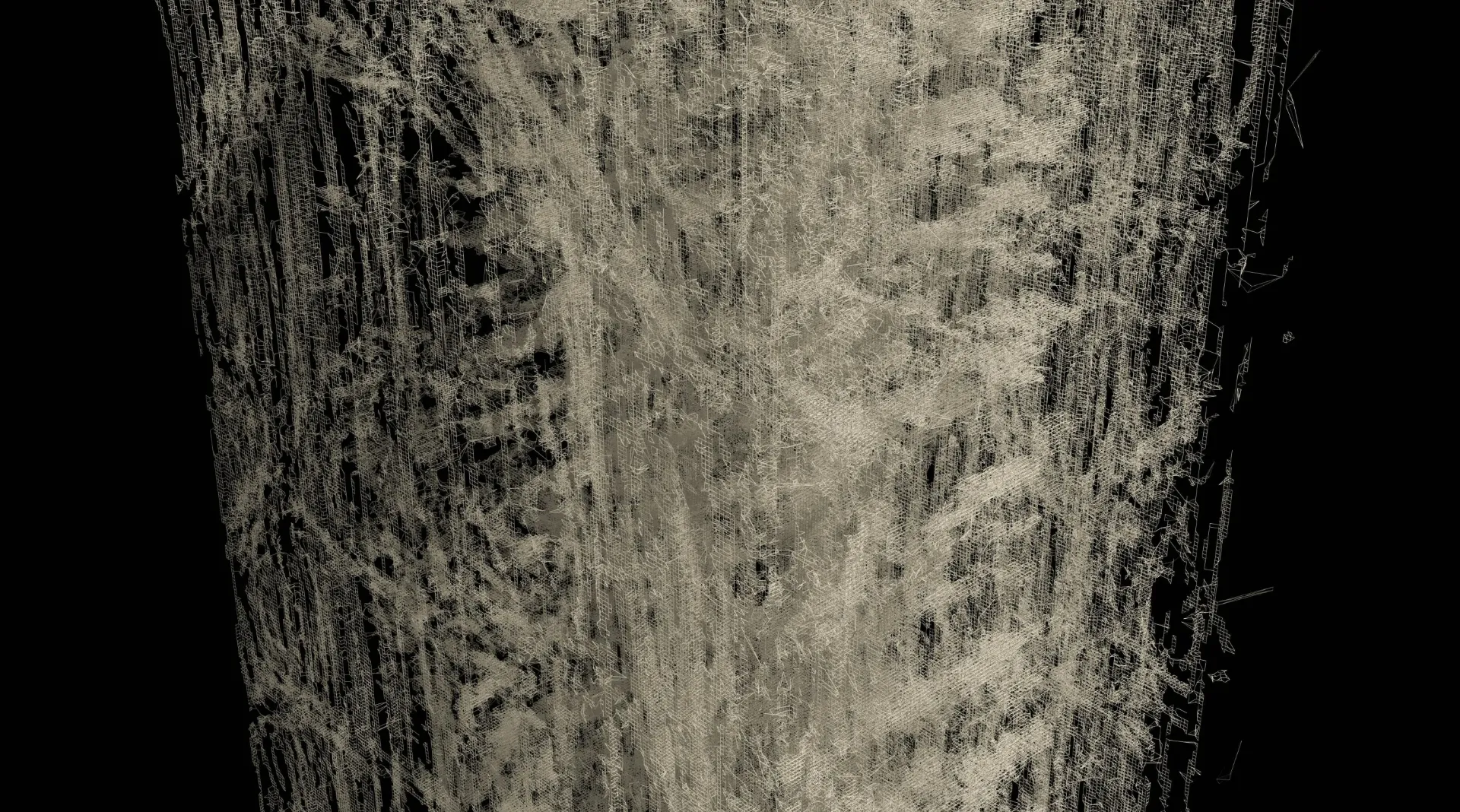



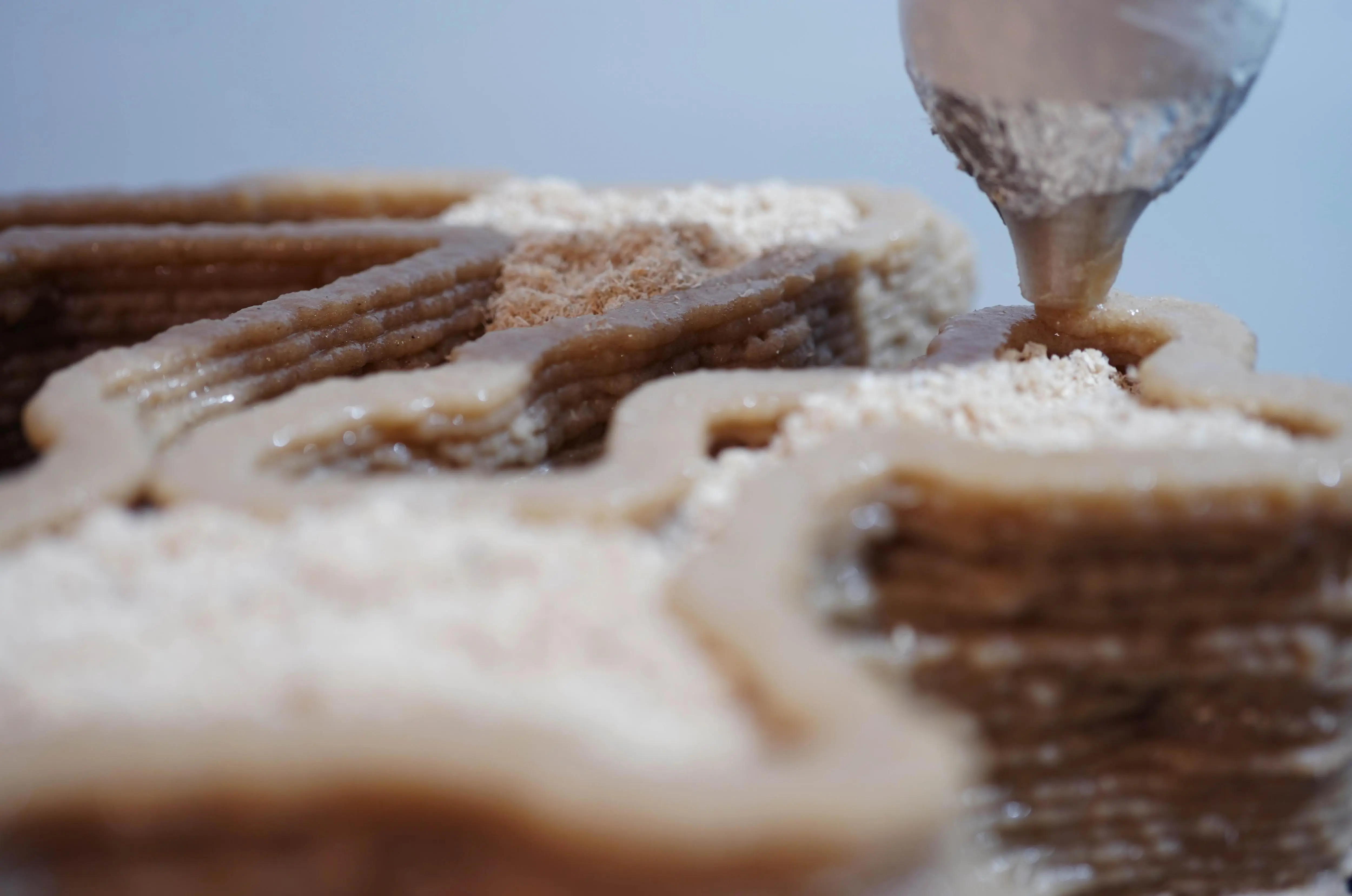
ARBOR.Pilae | Biocomputational workflow
Large-scale 3D Printing at LaMáquina
Biofabrication workflow
Branches
Machine Learning
Arbor proposes the use of Generative Adversarial Networks (GANs) as a method for extracting a material organisation principle from an existing dataset of timber structure for its further implementation in volumetric models. The organic data informs the inorganic computational system with its own evolutionary neural network algorithms. The latent vector interpolation, translated into the Z-axis of the volumetric structure, visualises the internal and external morphology of timber material organisation and translates it into an inorganic computational system while preserving the material's anisotropic properties
Biocomputation
To translate the point cloud resulting from the machine learning process into a volumetric model, a set of project-specific bio-computational design tools and optimisation strategies is developed, allowing for the design and fabrication of high-resolution living architectures. The morphological exploration follows the logic of material distribution, learning from the complexity of ecological systems. By revealing the memory of each section cut of a tree, the material becomes an augmented library of knowledge, representing different tree species within a single designed piece.
Biofabrication
To translate the resulting bio-computational data into matter, the wood-based material system has been investigated in a series of large-scale 3D printing experiments. By recycling wood sawdust, the process reduces waste and methane pollution from timber industries. The bio-printed elements are fully organic and biodegradable, capable of storing and re-metabolising carbon within their form and eventually serving as nutrients for new living species through biodegradation and creating a metabolic system in architecture after the natural ecosystem. The synthetic materiality remembers the tactility and scent of living matter, integrating them into a new form and relationship.
Living Interfaces
The project explores the possibility of fungal mycelium becoming the structural and performative layer of the design piece. Considering the ability of the mushroom mycelium to solve a wide range of computational tasks, we can imagine a use of fungi properties as a biosensor capable of receiving and transmitting information from a designed piece to an automated machinic system integrated with an evolutionary neural network algorithm. An embedded bio-electric sensing system creates a living interface, enabling the pieces to operate as synthetically living entitiy.
Iterations
Collectibles
Project by

Maria Kuptsova
Founder, Director, Artist
ARBOR.art Team
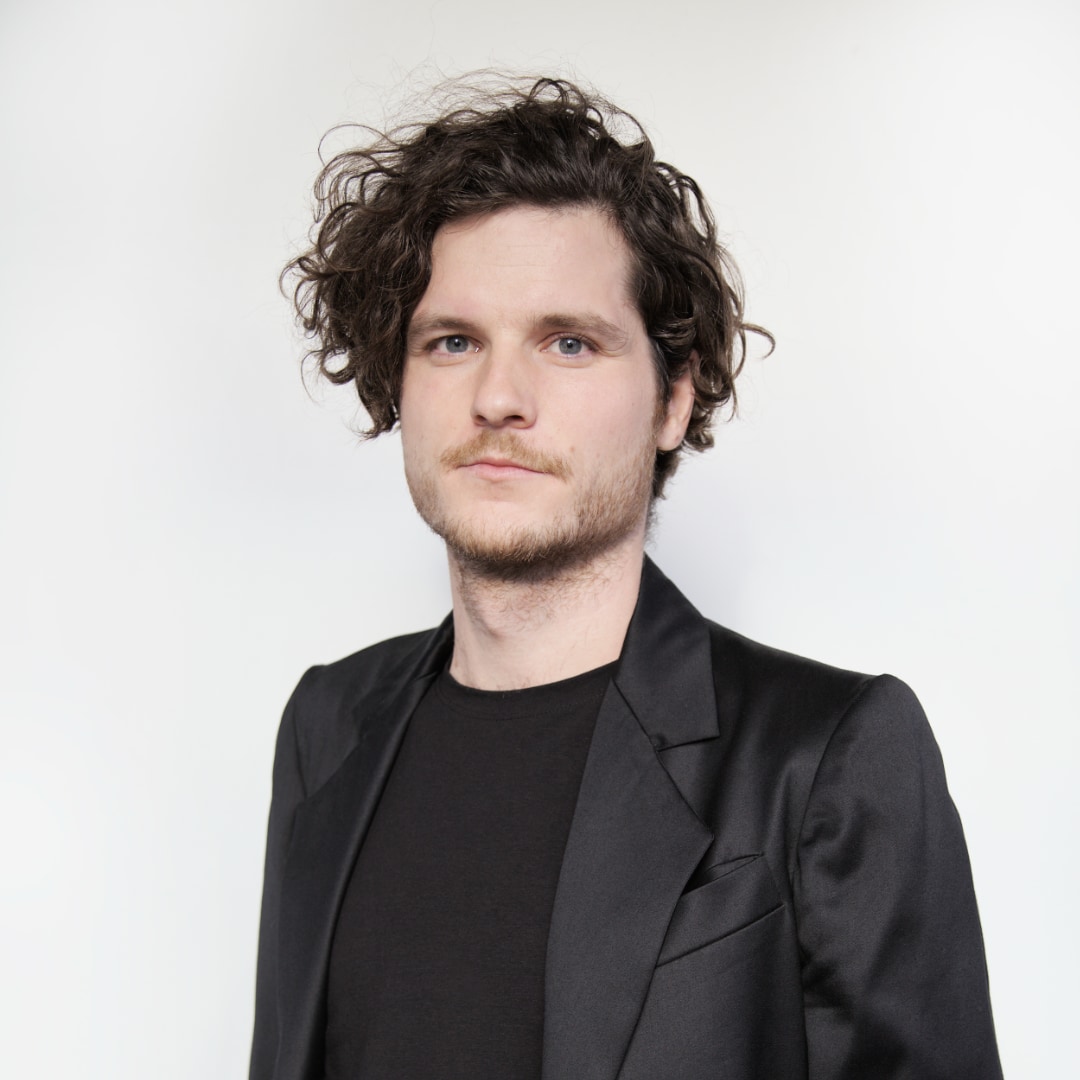
Korbinian Enzinger
Bio-Computational Designer

Artem Konevskikh
Machine Learning Engineer and Media Designer
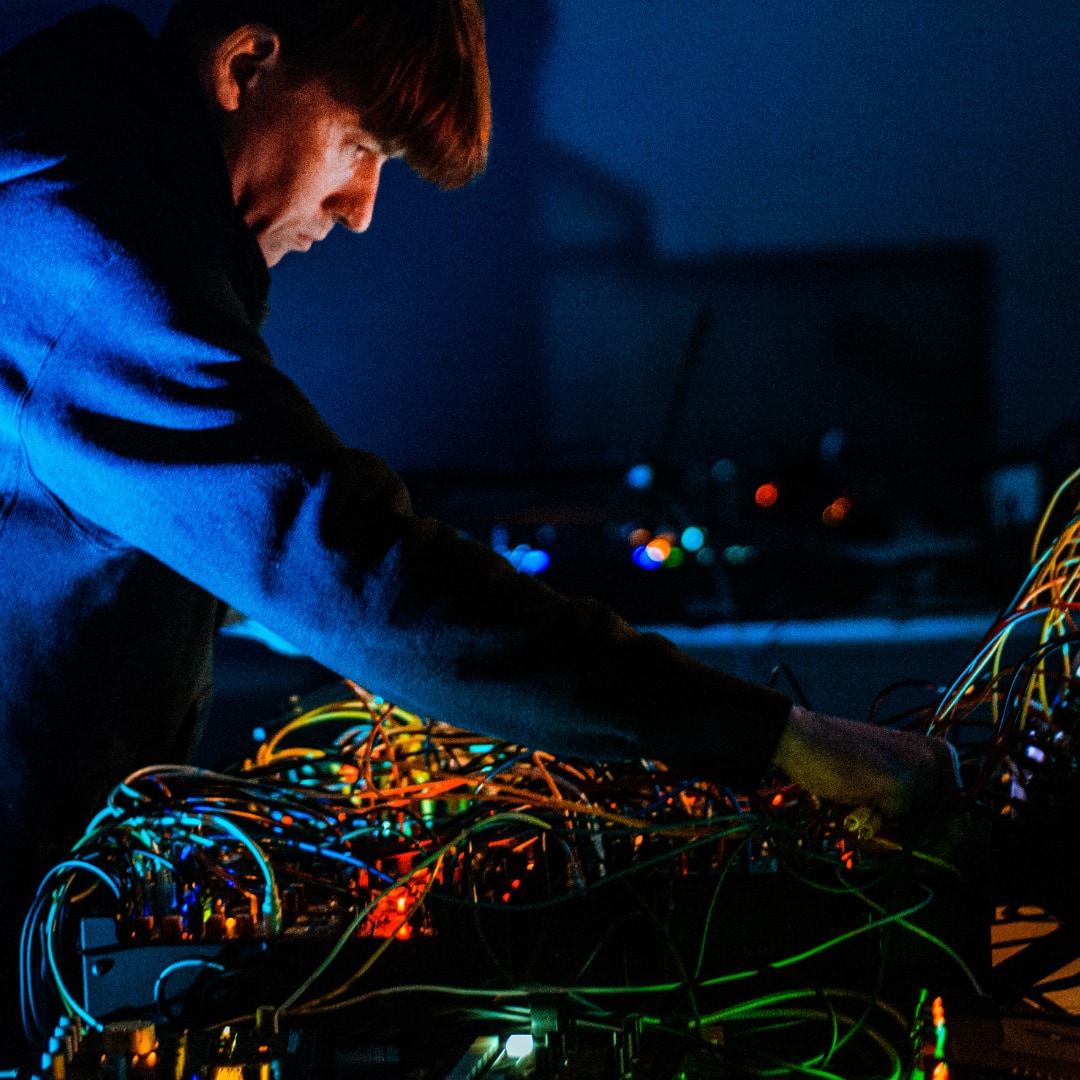
Sergey Kostyrko
Musician, bio-electric system engineer
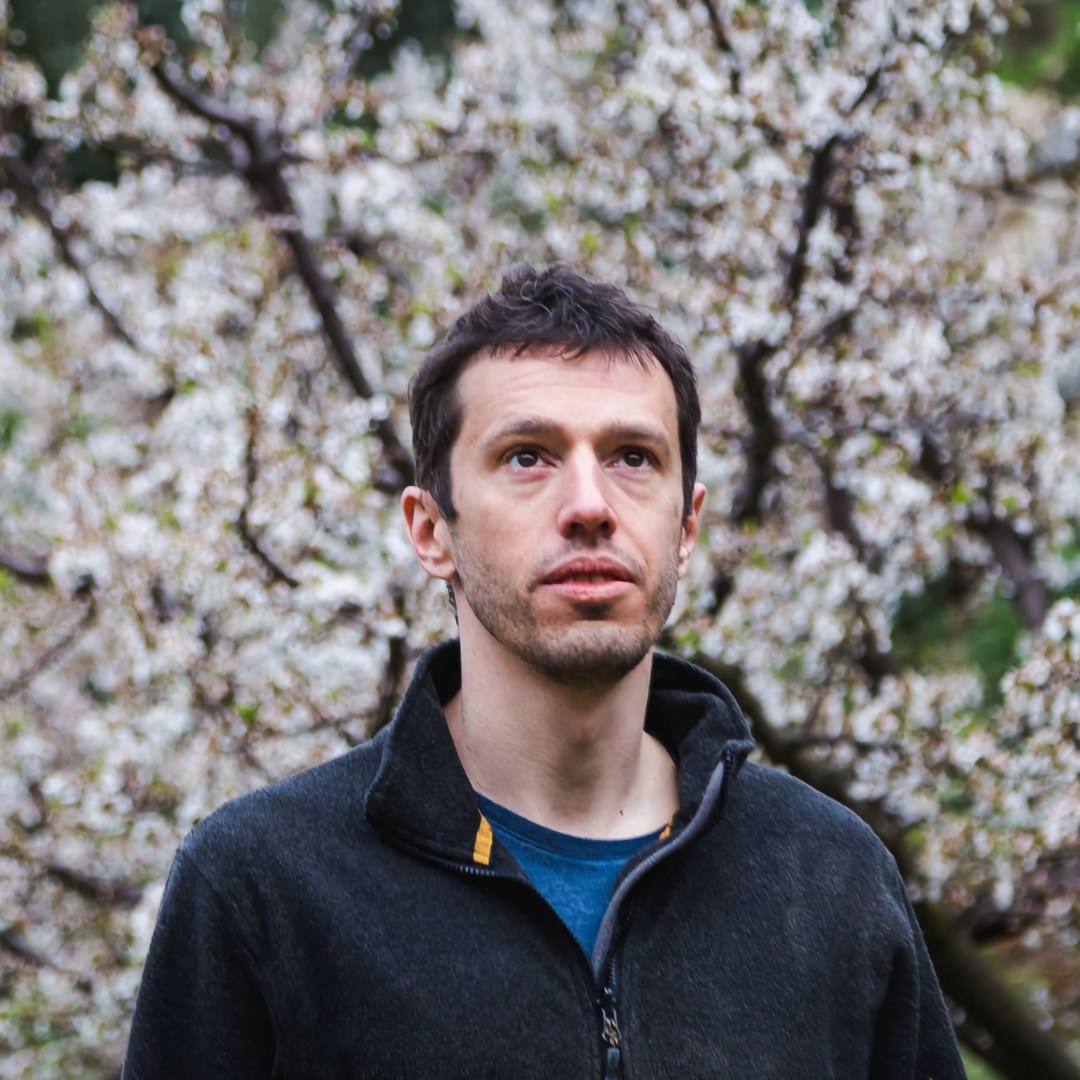
Gleb Andreev
Multidisciplinary specialist
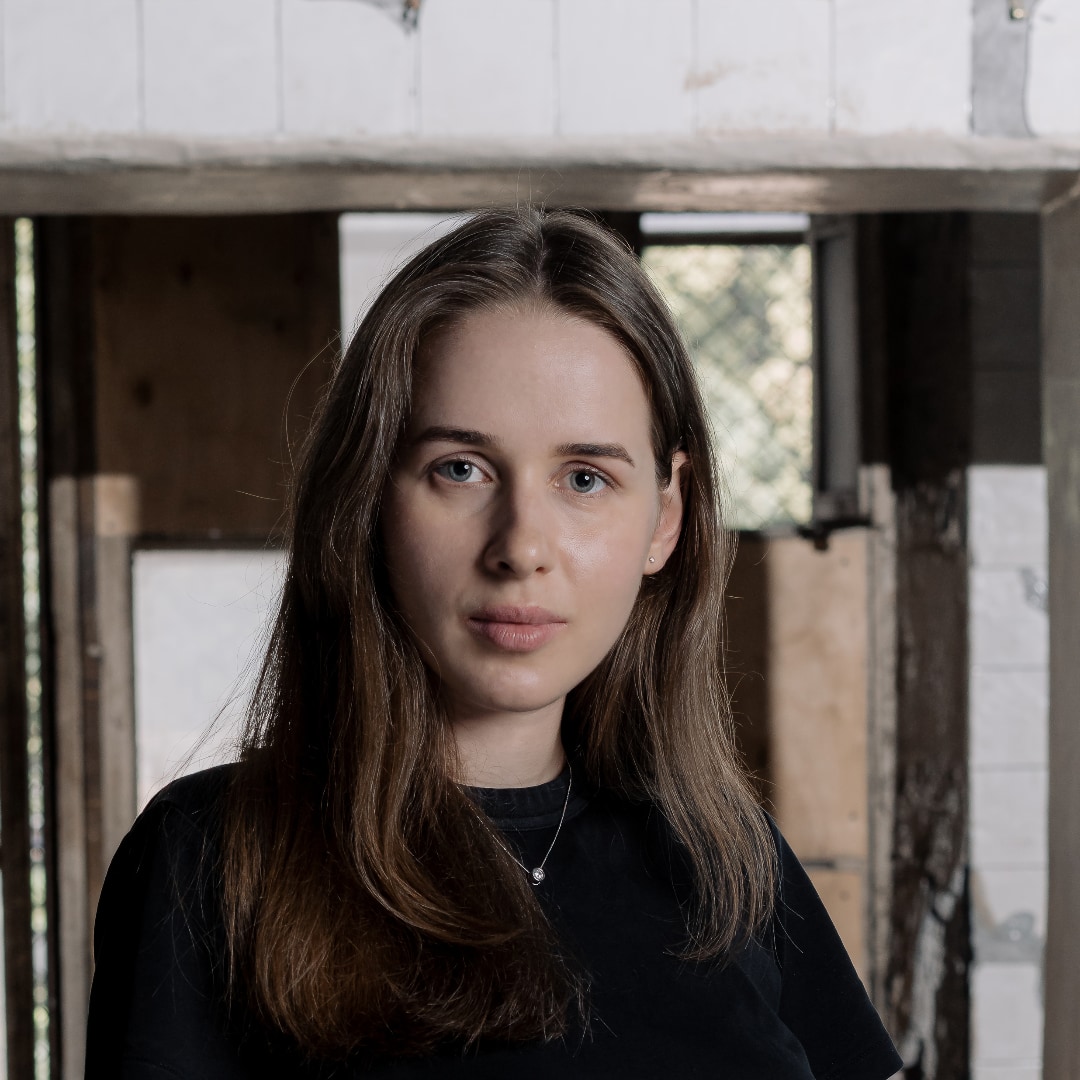
Marina Muzyka
Bio-technical engineer

Beyza Nur Armagan
Research assistant
Research Supervision
Prof. Claudia Pasquero | Synthetic Landscape Lab, Institute of Urban Design, University of Innsbruck
Support & Collaboration
LAMÁQUINA | Engineering & Robotic 3D Printing | https://lamaquina.io/
PURE.TECH | Material Technology | https://pure.tech/
Synthetic Landscape Lab, Institute of Urban Design, University of Innsbruck | https://www.uibk.ac.at/
EXTRUDR | Composite Material | https://www.extrudr.com/
Growers of Mushroom | Living Matter | https://growersofmushroom.it/en
Contact
Get in Touch
Interested in learning more about Arbor.art?
Contact us for collaborations, exhibitions, or research opportunities via e-mail:




